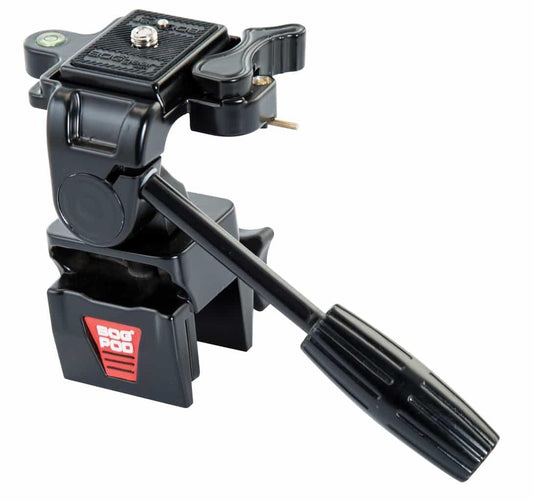

BOG SSA Spotting Scope Adaptor connects your smartphone to spotting scopes, allowing you to capture and share images effortlessly. Its design accommodates various spotting scopes, giving you the flexibility to document wildlife or landscapes with ease. Whether you’re birdwatching or hunting, this adaptor enhances your experience by transforming your smartphone into a powerful viewing tool that captures high-quality photos in real time.
Constructed from durable materials, the BOG SSA is built for outdoor use, ensuring it withstands the elements. The easy setup process means you can quickly attach or detach your smartphone, so you never miss a moment. Its lightweight design makes it easy to carry, while the adjustable angle feature allows for versatile positioning, ensuring you get the perfect shot every time.
Key Features:
- UNIVERSAL COMPATIBILITY for various spotting scopes, ensuring a secure fit every time.
- HIGH-QUALITY MATERIALS for durability, making it perfect for rugged outdoor use.
- EASY SETUP allows for quick attachment and removal, so you never miss a moment.
- LIGHTWEIGHT DESIGN ensures you can carry it anywhere without added bulk.
- STABLE BASE prevents wobbling, giving you clear images while capturing photos.
- ADJUSTABLE ANGLE for flexible positioning, so you can capture images from any angle.
- COMPATIBLE WITH MOST SMARTPHONES for easy photography and video recording.
- PORTABLE SIZE fits easily in your backpack, making it perfect for travel.
Technical Specifications
| Feature | Details |
|---|---|
| Weight | 0.5 lbs |
| Dimensions | 5 x 3 x 2 inches |
| Material | Aluminum and ABS plastic |
What’s in the Box?
- BOG SSA Spotting Scope Adaptor
- Smartphone holder
- Instruction manual
Customer Reviews
"This adaptor works great! I was able to take amazing pictures of birds without any hassle!"
"Super easy to use and very sturdy. Perfect for my outdoor trips!"
FAQ Section
- How does the BOG SSA Spotting Scope Adaptor fit? It's designed to be universally compatible with most spotting scopes, allowing for a secure attachment.
- Is it easy to set up? Yes! The adaptor allows for quick attachment and removal, so you can start capturing images in no time.
- Can it hold my smartphone securely? Absolutely! The silicone grip ensures your phone stays in place during use, preventing slips or falls.
- What kind of images can I expect? You'll capture clear, high-quality images of wildlife and landscapes, enhancing your outdoor experience.
- Is it durable for outdoor use? Yes, it’s made from high-quality materials to withstand the rigors of outdoor adventures, ensuring longevity.
Similar Models
Looking for more ways to enhance your outdoor adventures? Discover our extensive BOG lineup, including models like the BOG DeathGrip Shooting Tripod for stable shots and the BOG FieldPod for versatile shooting positions. Explore our full collection for exceptional gear tailored to your experiences!
You May Also Like
Here’s some of our most similar products people are buying. Click to discover trending style.






